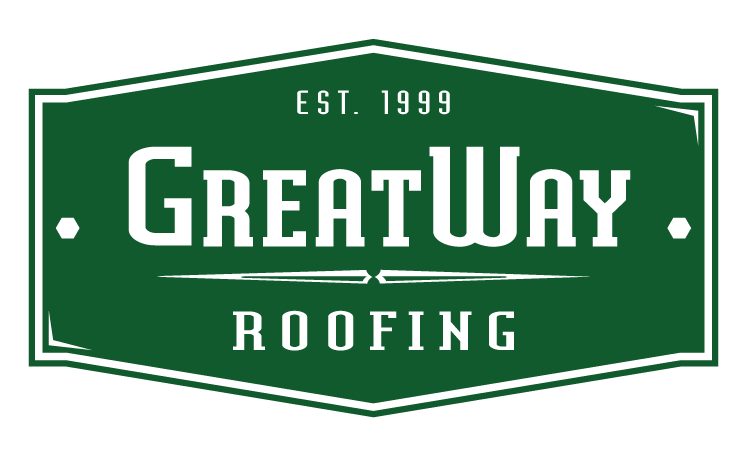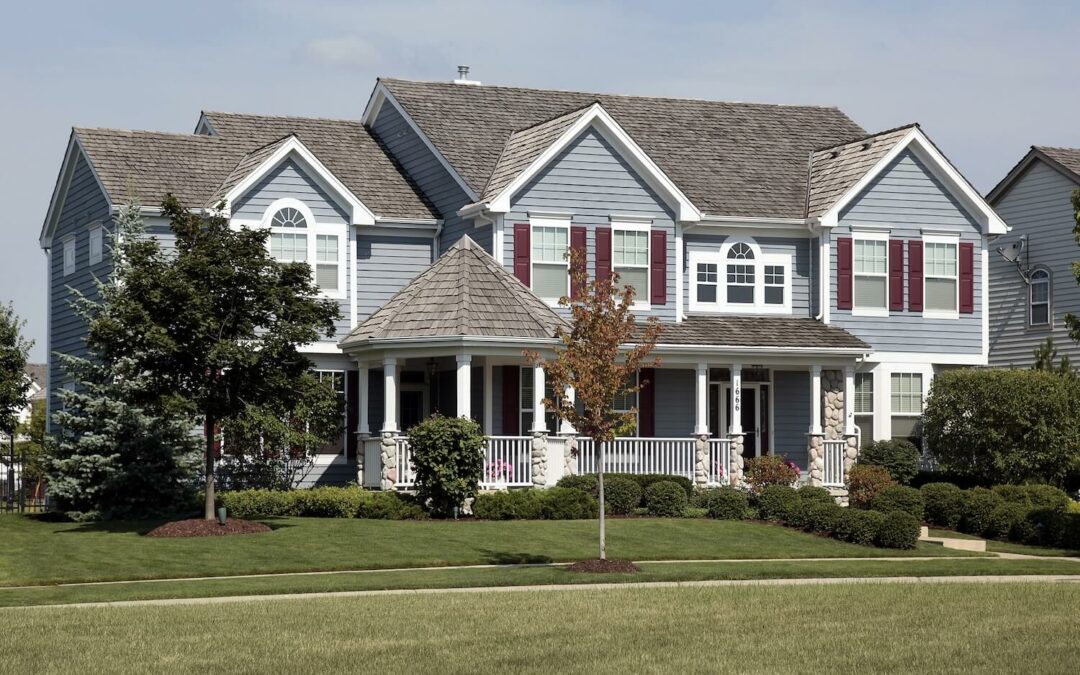Your roof is one of the most critical components of your home, providing protection from the elements and ensuring the structural integrity of your property. Proper roof maintenance can extend its lifespan, enhance performance, and preserve your investment.
Here’s a comprehensive guide with tips on ways of making home roofing maintenance easy, ensuring your home remains safe and secure for years.
Preservation with Regular Inspections
Why Inspections Matter
Regular roof inspections are essential for identifying potential problems before they become major. Early detection of damage can save you from costly repairs and extend the life of your roof.
When to Inspect
- Seasonal Inspections: Conduct regular inspections, preferably in the spring and fall. These seasons offer mild weather, making spotting and addressing problems easier.
- After Severe Weather: Inspect your roof after severe weather events, such as storms, heavy rains, or high wides, to check for immediate damage.
What to Look For
- Shingles: Check for missing, cracked, or curled shingles. Damaged shingles can lead to leaks and further damage.
- Title: Examine for slipped or missing tile, which can cause the sun and other weather elements to deteriorate the underlayment.
- Flashing: Inspect the metal flashing around chimneys, vents, and skylights. Ensure there are no gaps or signs of corrosion.
- Gutters: Look for blockages, rust, or damage in your gutters. Proper drainage is crucial to prevent water damage to your roof and home.
- Attic: Examine your attic for signs of leaks, mold, or insulation issues. The condition of your attic can indicate roof problems.
Cleaning Your Roof
Why Cleaning is Important
A clean roof not only looks better but also performs better. Debris, moss, and algae can trap moisture, leading to roof deterioration and leaks.
How to Clean Your Roof
- Remove Debris: Use a roof rake or a broom to remove leaves, branches, and other debris. Avoid using a pressure washer, as it can damage shingles.
- Treat Moss and Algae: Using your hose and an attached spray container, apply a mixture of water and an eco-safe product as directed to kill moss and algae.
- Clean Gutters: Regularly clean your gutters to ensure proper water drainage. Use a gutter scoop or a garden trowel to remove debris, and flush with water to clear any remaining dirt.
Addressing Minor Repairs
Why Minor Repairs Matter
Addressing minor repairs promptly can prevent them from escalating into major issues, saving you time and money in the long run.
Common Minor Repairs
- Shingle and Tile Replacement: Replace any damaged or missing shingles or tiles.
- Flashing Repair: Repair or replace damaged flashing around chimneys, vents, and skylights. Use roofing cement to seal any gaps or cracks.
- Seal Leaks: Identify and seal leaks using roofing cement or sealant. Pay special attention to areas around flashing, vents, and seams.
Maintaining Gutters and Downspouts
Importance of Gutters and Downspouts
Properly functioning gutters and downspouts are crucial for directing water away from your roof and foundation, preventing water damage and erosion.
How to Maintain Gutters and Downspouts
- Regular Cleaning: Clean your gutters at least twice a year and more frequently if you have overhanging trees. Remove debris and flush with water to ensure proper drainage.
- Check for Damage: Inspect gutters and downspouts for rust, cracks, or sagging signs. Repair or replace any damaged sections.
- Install Gutter Guards: Consider installing gutter guards to reduce the amount of debris that collects in your gutters. This can reduce the frequency of cleaning and improve water flow.
Professional Inspections and Maintenance Steps
When to Call a Professional
While regular DIY maintenance is essential, there are times when professional expertise is necessary. Call a roofing professional if you notice:
- Significant Damage: Major leaks, extensive shingle damage, or structural issues.
- Complex Repairs: Repairs involving flashing, chimneys, or skylights.
- Safety Concerns: If you are uncomfortable or unsafe working on your roof, it’s best to hire a professional.
Benefits of Professional Maintenance
- Expertise: Professional roofers have the knowledge and experience to identify and address issues effectively.
- Safety: Professionals have the equipment and training to work safely at heights.
- Warranty: Many roofing companies offer warranties on their work, providing peace of mind and protection for your investment.
Long-Term Roofing Maintenance Tips
- Invest in Quality Materials: Invest in high-quality materials when repairing or replacing your roof. While they may cost more upfront, they will last longer and perform better, saving you money in the long run.
- Keep Trees Trimmed: Trim any overhanging branches near your roof. Falling branches can cause damage, and leaves can clog gutters and promote moss growth.
- Stay Informed: Stay informed about the latest roofing materials, techniques, and maintenance practices. This knowledge can help you make better decisions and keep your roof in optimal condition.
- Schedule Regular Professional Inspections: Even if you perform regular DIY inspections, schedule professional inspections every few years. A professional can spot issues you might miss and provide valuable maintenance advice.
Seasonal Maintenance Checklist Tips
Spring
- Inspect Roof: Check for damage from winter weather, such as missing shingles, tiles, or leaks.
- Clean Gutters: Remove debris from gutters and downspouts.
- Repair Damage: Address any minor repairs identified during the inspection.
- Check Attic: Look for signs of leaks, mold, or insulation issues.
Summer
- Clean Roof: Remove debris, moss, and algae.
- Trim Trees: Cut back overhanging branches to prevent damage and reduce debris.
- Inspect Flashing: Ensure flashing around chimneys, vents, and skylights is in good condition.
Fall
- Inspect Roof: Check for damage from the summer heat and any overgrown tree branches.
- Clean Gutters: Remove leaves and debris from gutters and downspouts.
- Prepare for Winter: Ensure attic insulation and ventilation are adequate to prevent leaks.
- Inspect Flashing: Ensure flashing around chimneys, vents, and skylights is in good condition.
Winter
- Inspect for Damage: Check for any damage after rain or heavy windstorms.
- Monitor Attic: Keep an eye on your attic for signs of leaks or insulation issues.
Common Roofing Issues and Solutions Tips
Leaks
Cause: Damaged shingles, missing tiles, flashing, or seals.
Solution: Identify the source of the leak and repair or replace the damaged components. Use roofing cement or sealant to seal leaks.
Shingle or Tile Damage
Cause: Severe weather, aging, or improper installation.
Solution: Replace damaged shingles or tiles promptly to prevent further damage. Consider using higher-quality shingles for better durability.
Algae and Moss Growth
Cause: Moist, shaded areas on the roof.
Solution: Clean the roof with a water and eco-friendly solution. Install zinc or copper strips at the roof ridge to prevent future growth.
Gutter Blockages
Cause: Debris such as leaves, twigs, and dirt.
Solution: Clean gutters regularly and install gutter guards to reduce debris buildup.
The Importance of Professional Roofing Maintenance
Expertise and Skill
Professional roofing contractors bring a wealth of knowledge and expertise to the table. They can identify potential problems that might go unnoticed by the untrained eye. Their skills ensure that repairs are done correctly and efficiently, reducing the likelihood of future issues.
Comprehensive Inspections
A professional roofing inspection is thorough and detailed. Contractors check the roof’s surface and the underlying structures, including the decking, rafters, and attic space, as needed. They can spot early signs of damage, such as wood rot, mold, and mildew, that could compromise the integrity of your roof.
High-Quality Materials
Roofing professionals have access to high-quality materials and products that might not be available to the average homeowner. They can recommend the best materials for your specific roof type and climate, ensuring long-lasting durability and performance.
Safety
Roof work can be hazardous, especially for those without the proper training and equipment. Professional roofers are equipped with the necessary safety gear and follow stringent safety protocols to protect themselves and your property. Hiring a professional reduces the risk of accidents and damage during maintenance and repairs.
Cost-Effective
While hiring a professional may seem more expensive upfront, it can be cost-effective in the long run. Professional roof maintenance can extend the life of your roof, reducing the need for premature replacement. Additionally, timely repairs prevent minor issues from becoming major, costly problems.
Warranty Protection
Many roofing contractors offer warranties on their work, providing extra protection for your investment. These warranties often cover materials and labor, safeguarding you against future issues related to the repair or installation.
Conclusion
Maintaining your roof doesn’t have to be a daunting task. Following these simple steps, you can preserve your investment and ensure your home remains safe and secure. Regular inspections, cleaning, minor repairs, and professional maintenance when needed will keep your roof in optimal condition. Remember, a well-maintained roof protects your home and enhances its value and curb appeal. Take the time to care for your roof; it will serve you well for years.

